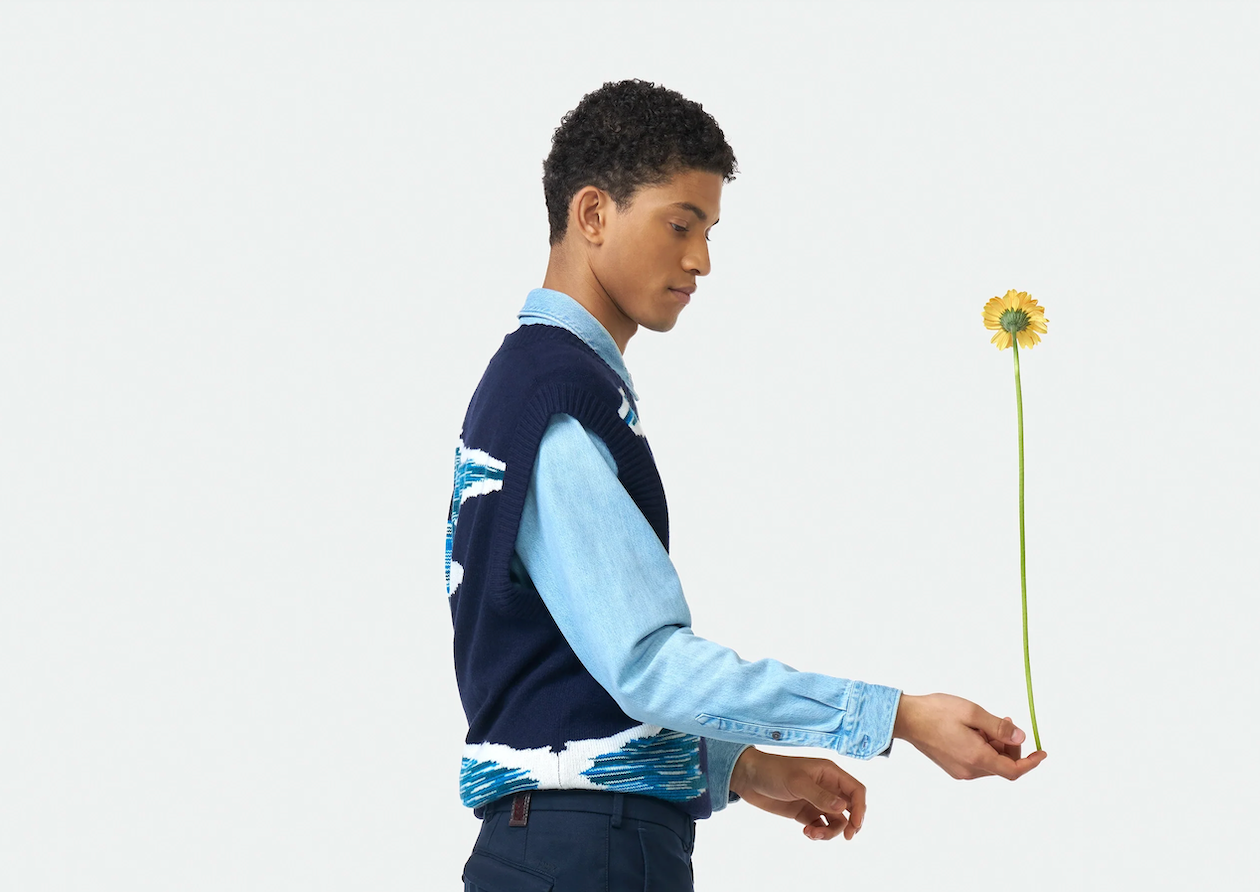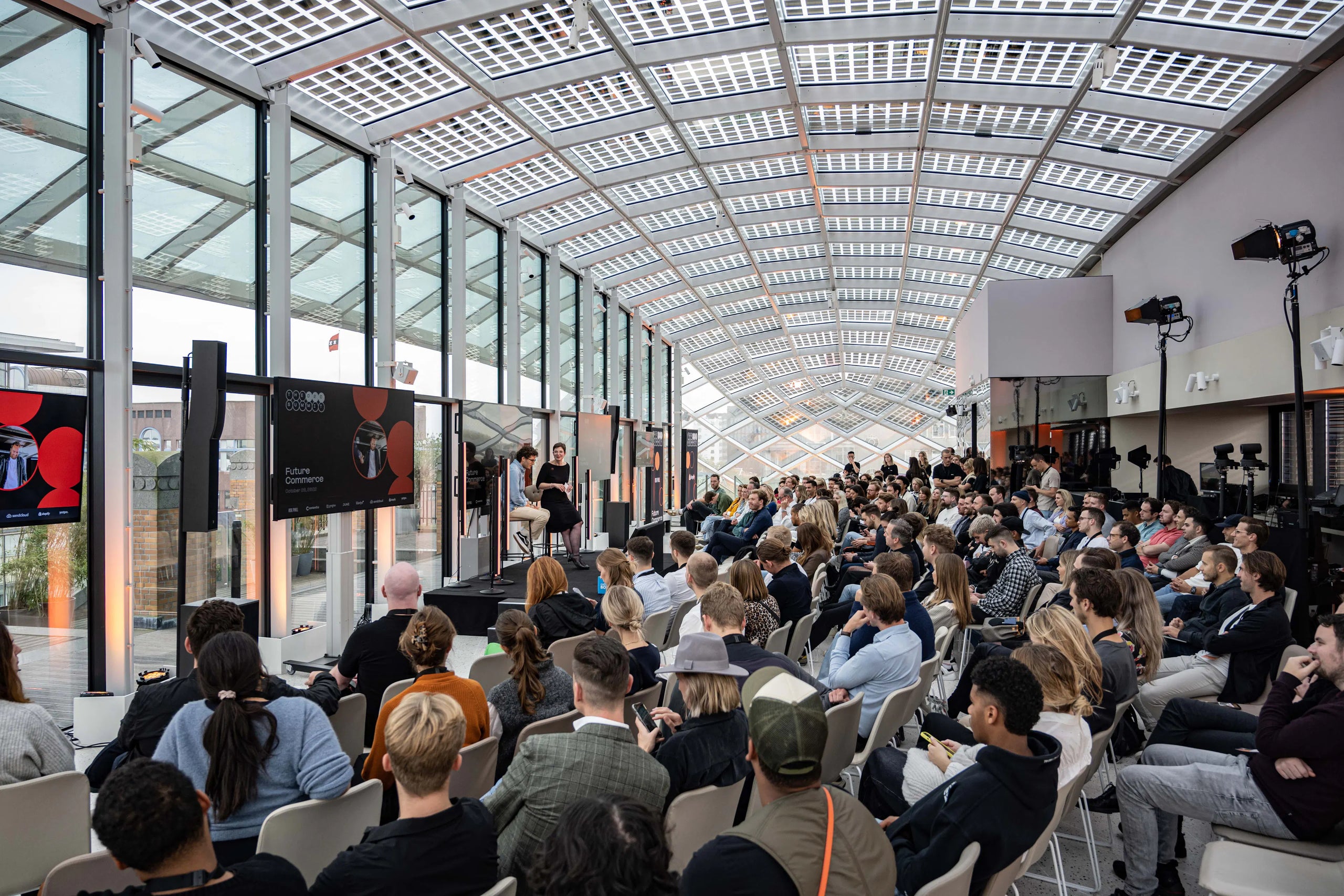
-
Shopify
+1
Klaviyo Vol 5: Solving Localised Double Opt-In at Scale
Klaviyo Vol 5: Solving Localised Double Opt-In at Scale
Build a global brand

Seb Harris
Ace & Tate have grown from a local Amsterdam eyewear design label, to an iconic name that’s internationally recognised. Selling online and in 84 stores situated in 10 different European countries, it’s safe to say they’ve scaled pretty successfully.
This didn’t happen overnight. Whilst at first they may have deployed a rather scattergun approach (more on this below), they soon adopted a far more methodical approach that has seen them grow their name and solidify their position as an international favourite.
Contentful is e-commerce’s leading content management system. A cornerstone of our headless Shopify Plus tech stack, and more recently an official Shopify content partner for Hydrogen stores, Contentful is synonymous with content flexibility.
Flexibility is absolutely key to successful global scaling. Tailoring to local needs in multiple countries simultaneously requires a high level of flexibility because those needs differ greatly from one place to the next.
With Contentful controlling the front-end, e-commerce businesses are free to switch up their content for each new market they scale into without any hindrance on performance or conversion. As we shall discuss below, this is crucial to selling products around the globe.
Even in their very beginnings as a local player within the Amsterdam market, and then within the Dutch market, Ace & Tate had their eyes on broader horizons. They always knew the aim was to expand beyond the Netherlands’ borders and into international markets.
This isn’t uncommon for Dutch companies, either e-commerce or otherwise. The Netherlands is a relatively small country with a relatively small consumer market. It’s fairly natural to dream bigger, especially if the business model is built on the essentially limitless possibilities of e-commerce.
The very first Ace & Tate website was built in both Dutch and English, an early pointer to the belief that eventually the business would spill over into other countries. Eventually German was added, once those beliefs were made concrete, and today Germany is Ace & Tate’s biggest source of revenue.
Language, copy and tone of voice all have big roles to play in e-commerce scaling, and Mark de Lange’s answers in the Q&A give a great insight into how important they’ve all been to Ace & Tate’s growth. Check it out via the link below.
Ace & Tate scaled their business with more of a trial and error approach at first. In fact theirs is probably a good example of how not to scale your business globally.
Mark de Lange explains their plan was to scale as if throwing seeds into the ground: spread to as many areas as quickly as possible, and try to nurture as many shoots as you can simultaneously.
He says he wouldn’t do this again. Instead, he’d choose one (or max. two) markets that he sees as the best fit for his next phase of growth, and concentrate all efforts on scaling into it.
Germany is today their biggest source of revenue, and German customers have a very specific set of expectations from their e-commerce stores. Building brand trust requires meeting all of these expectations, which takes care and attention to detail.
If you’re planning to scale your business across borders, choose one market to focus on first. Research all you can about it and pay attention to the finest details: how your store should look, how the flow leading to checkout should behave, what options you should give to customers regarding shipping, payments, reviews and so on.
Beyond the payment preferences, shipping options and preferred review platforms, there are other factors to take into account when tailoring your e-commerce store to local needs.
Ace & Tate place a big emphasis on their copy and their tone of voice. Their marketing campaigns are successful the world over, however (just like their frames) it’s not a one-size-fits-all approach.
Mark de Lange explains that they really had to think about copy and the way things are explained in the e-commerce stores when scaling into other markets. A German customer largely wants to read different information to an English customer, for example, and their expectations for how a product is sold to them are wildly different.
In addition, there are differences to consider between completely new customers and returning customers. How to present a brand to someone for the very first time is different to the presentation for someone coming back for more.
Contentful is the perfect partner for achieving this because of its inherent flexibility with content management. E-commerce brands can put wholly different information on their stores per country, and even present the store structure in different ways if necessary.
Previously, Shopify users that wanted a Contentful front-end would need to break away from the Shopify front-end and build a headless store with Contentful (or another CMS), the React language and a React-based framework (e.g. Next.JS or Gatsby).
Today, they have the option to use Shopify’s new React-based front-end framework and hosting platform, Hydrogen & Oxygen. This means Contentful can be integrated into a wholly Shopify headless tech stack.
For more info on this, read our blog on Shopify Hydrogen and Oxygen. And for up to date info about headless e-commerce in 2022 and beyond, check our headless article here.
Do you want to
stay updated?
Yes

Klaviyo Vol 5: Solving Localised Double Opt-In at Scale
Klaviyo Vol 5: Solving Localised Double Opt-In at Scale

The gap is widening
Shopify Winter '26 Edition: 10 Reasons Not Being on Shopify Is Now a Competitive Disadvantage

The early-access strategy that increased conversions to 33%
Klaviyo Vol 4: Travelteq’s WhatsApp Advantage
Stay ahead
Subscribe to our newsletter for a roundup of the latest in ecommerce, straight to your inbox.